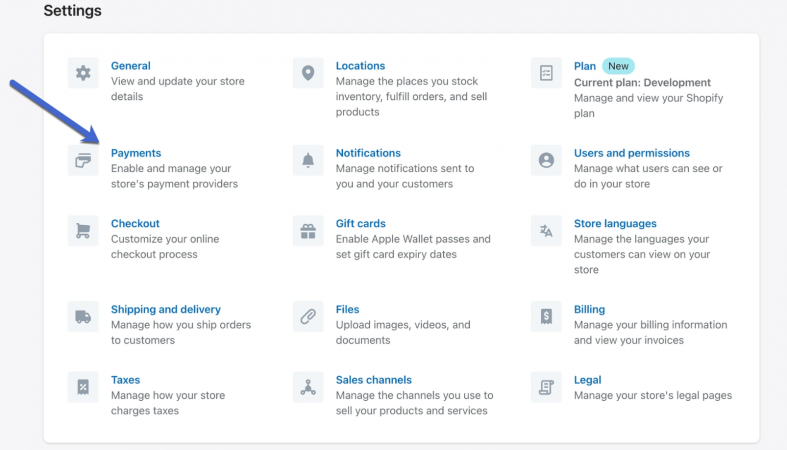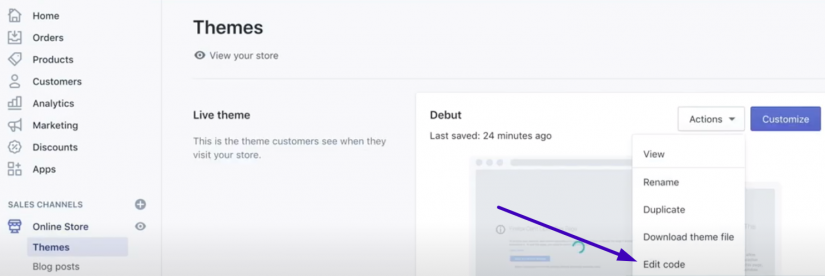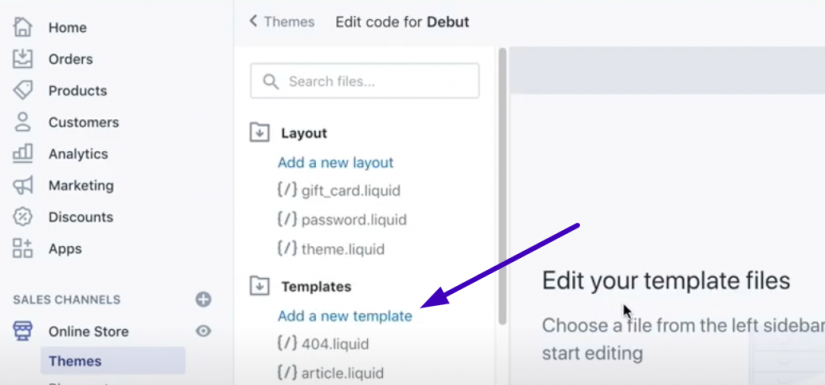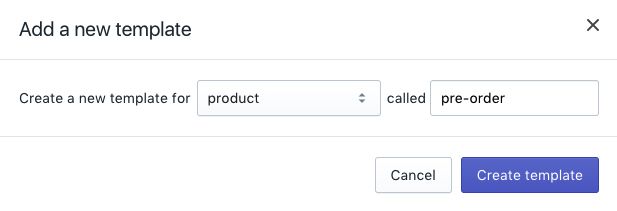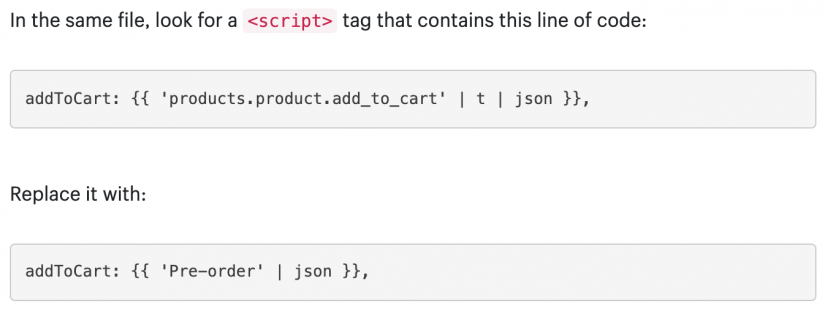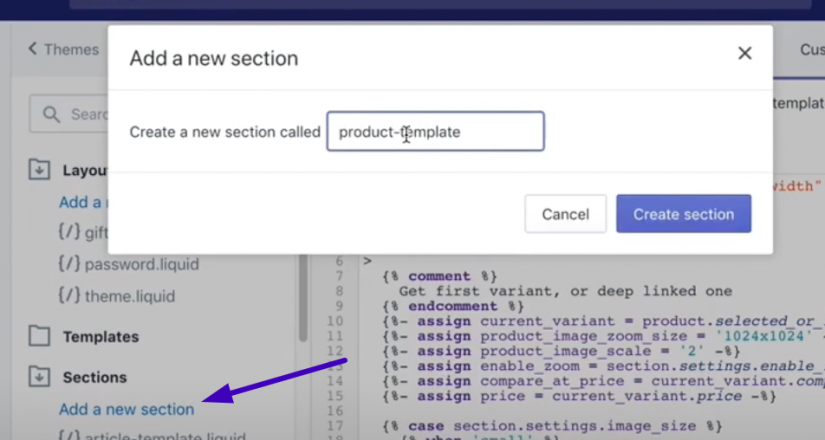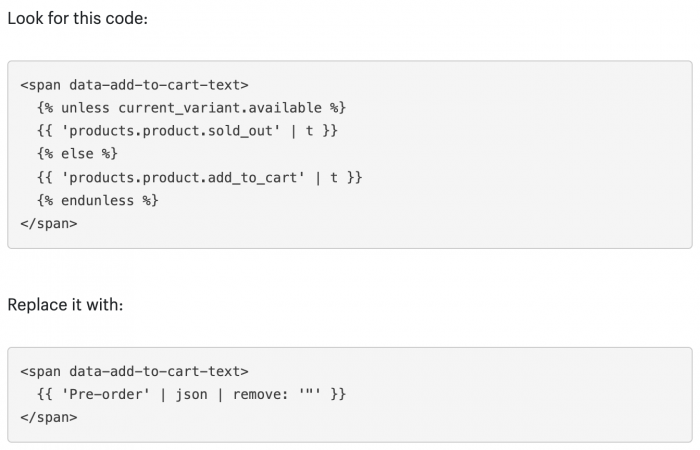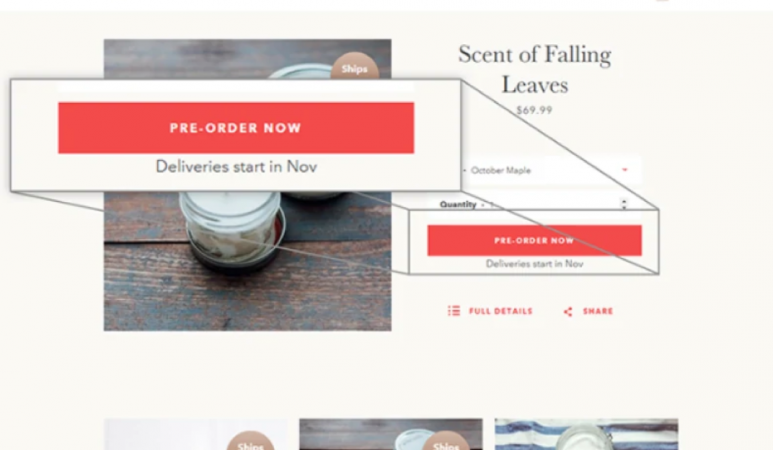The main driver behind all business processes in an e-commerce store: inventory and payments, shipping, positioning, etc. — is not the amount of revenue. Customer demand ultimately has an influence over every aspect, sales included, from the store design to new item introduction, marketing campaigns, and pricing strategies. Figuring out the right combination of the target audience, product presentation, and stock quantities is essential for a Shopify store to be profitable.
Among instruments that let owners and managers gauge demand, pre-orders stand out by being a simple and effective way to collect investments, test a dubious product, and build up anticipation among store visitors. Customers see this as an opportunity to acquire something rare or join the first few people to ever get a valuable pre-order item. For you as a brand, these in-advance orders can facilitate manufacturing and help increase sales. In this guide, we will go through setting them up for Shopify, along with some marketing tips and helpful applications worth looking into.
What Are Pre-Orders On Shopify?
On Shopify, the term ‘pre-order’ is used for enabling orders for a product that is currently unavailable or hasn’t been released yet. The standard buy button is replaced with a pre-order one for all out-of-stock items, supplies planned for the future, or a manually assembled selection of them. Additional emphasis on the changes in payment and shipping details is made in the product description.
Types of Pre-Orders
There are three different types of pre-orders you can consider:
- The Pay now option takes the customer through your usual checkout procedure, collecting funds from them at the same time the order is placed. Among the pros are the cash flow you can use to cover the wholesale pricing expenses and the ability to keep selling popular products even when they are temporarily out of stock. However, you need to be extra careful with managing customer expectations and keeping up with your promises on shipping dates.
- With a Pay later model, a customer will only express their wish to purchase the non-available product by clicking on the order button. The request won’t be stored in your Shopify account since it hasn’t yet passed through the checkout. You can access this information with pre-order apps. Since no funds are exchanged until the product becomes available, the client will be less hesitant to place an order. However, this can lead to lower conversions once you are ready to sell. ‘Pay later’ can be used for testing a hypothesis or gathering contact lists for future marketing campaigns (just make sure they do not violate GDPR or other similar data privacy regulations).
- Crowdfunding draws similarities with the ‘Pay now’ approach in the sense that the money is collected before orders are sent out. Other than that, it is more of a fundraising campaign than a product offering, usually powered by websites like Kickstarter or GoFundMe. You can also use Shopify apps like Crowdfunder to present the offer and collect payments through your store. This approach would be a good fit for startups and needs substantial traffic source research to attract buyers that are willing to wait for an uncertain amount of time before getting their order.
How To Authorize Pre-Order Payments
On Shopify, you can enable manual payment authorization to capture order information and process the payment later. Once you have the pre-ordered product on hand, you would proceed with charging the client and shipping the order. Note that with Shopify’s gateway, the authorization period is only seven days, so this functionality might not be suitable if you can’t meet the one-week timeline. To go around this limitation, you can consider a third-party payment service.
- Log in to your Shopify account and go to the admin dashboard for the chosen store. Navigate to ‘Settings’ in the bottom left corner.
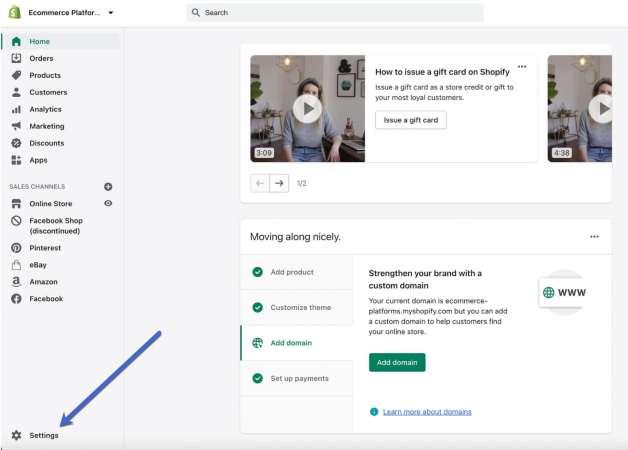
- Proceed to ‘Payments’.

- Scroll down to the ‘Payment capture’ section and select ‘Manually capture payment for orders’. You can add email alerts (optional) to warn you when the 7-day period runs out.

How to Add A Pre-Order Product Page Template
If you want to substitute the ‘Add to cart’ button for a pre-order button, you can add a new product template and edit the source code manually.
- From your Shopify Admin, go to ‘Themes’, click on ‘Actions’ for the theme template you want to edit, and select ‘Edit code’.

- Click ‘Add a new template’ in the templates section.

Fill out the fields as follows and click ‘Create’:

The template will open in the code editor. - Replace the {% section ‘product-template’ %} part with {% section ‘product-pre-order-template’ %}.

Save the changes. - Next, you will need to add a section directory that corresponds to the new product template.

Delete all the default code from the file that opens and copy the contents of the edited file called pre-order that you created on step 3. - In the same file, you will need to update the following code snippets:

- Now you can assign new templates to the necessary product pages. Go to ‘Products’, ‘All products’, and change the theme template in the drop-down list on the right.

Apps For Enabling Pre-Order On Shopify
You can launch pre-order campaigns using numerous Shopify apps that allow customers to place an order with delayed fulfillment. If you decide to collect payments right away, the information will be stored in your Shopify account. For pay-later orders, data will stay within the app. To choose the right service for your store’s needs, you can study the Collections page on Shopify’s marketplace or consider these five applications:
PreOrder Me
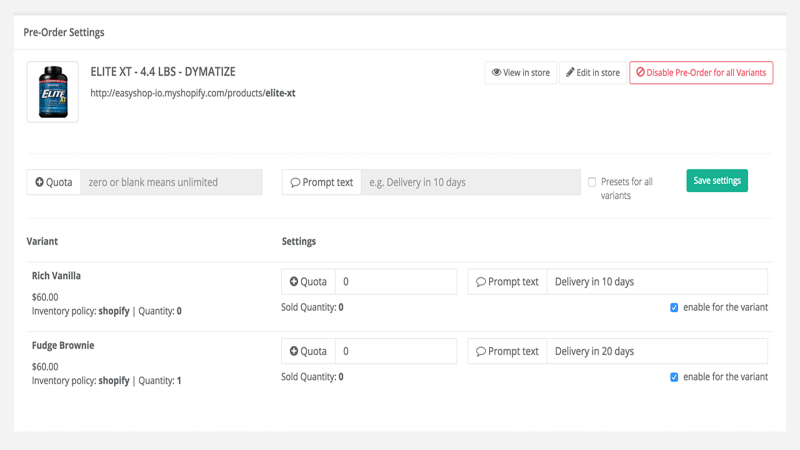
This app would work well for offering sold-out variants with delayed shipping. It lets you display a notification with the estimated number of days until the delivery process will be initiated, so the customer would know what to expect. Pricing starts from $9.99 a month with a 7-day free trial available.
Pros and cons:
+ Would work for different themes,
+ Custom messages in the checkout cart,
+ The size, layout, and look of the pre-order button can be edited,
– Some users report inconsistencies in inventory synchronization.
Pre-order Now

The application allows you to streamline pre-order sales as it can automate the display of the pre-order notifications once the stock quantity for the chosen product reaches zero. After checkout, you can send personalized emails to customers to keep them in the loop of what will happen next. After a 14-day trial, either choose a free plan or continue with packages from $19.95 a month.
Pros and cons:
+ Integrates with Google Analytics,
+ No theme-specific customizations or coding required,
+ Would work for crowdfunding,
– The app is not fully compatible with all the Shopify Online Store 2.0 themes.
Pre-order manager
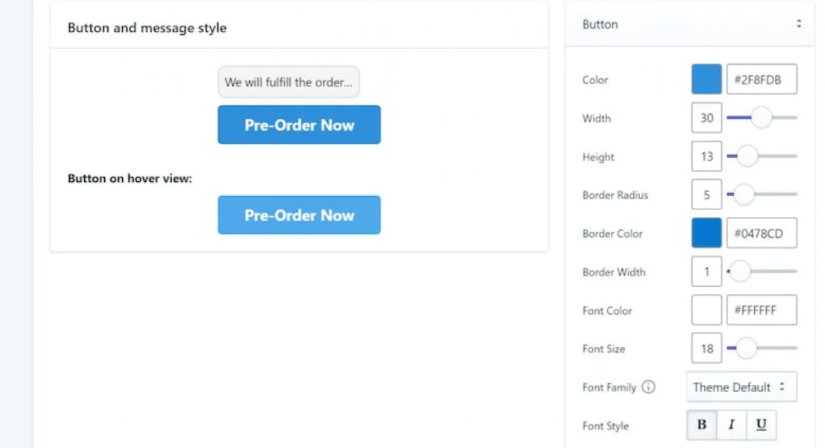
The application lets you manage pre-order settings individually or in bulk using dashboards with powerful filters. Analytics can be exported to a CSV file or monitored within the app. You can edit the labels and texts of customer alerts and auto-apply discounts. The service has a free plan with limited reach and two other packages that start from $24.95 a month.
Pros and cons:
+ Compatible with AJAX carts, collections, and homepages,
+ Buttons can be customized for colors, fonts, and messages,
+ A money-back guarantee after two months if you are not satisfied with the app,
– Some users report performance issues and conflicts with third-party applications.
Shopy Pre-order
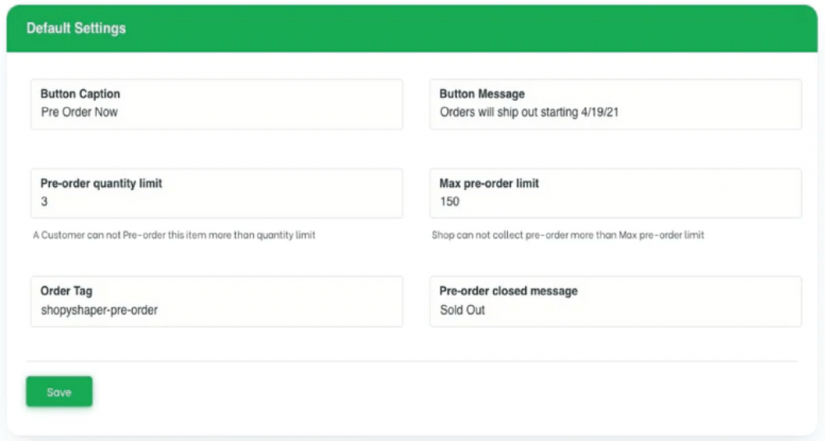
Shopy lets you put together an order list and customize email templates that are sent to customers after they complete the checkout. It also allows you to make changes to product settings in bulk or individually. After a free 7-day trial, you can stick with a free plan or pay from $3.99 to $15.99 a month.
Pros and cons:
+ A quantity limit field displayed in the cart,
+ Supports email notifications,
– Unlimited products only offered in the most expensive plan,
– Some users report the app is slowing down page load times.
Advanced PreOrder
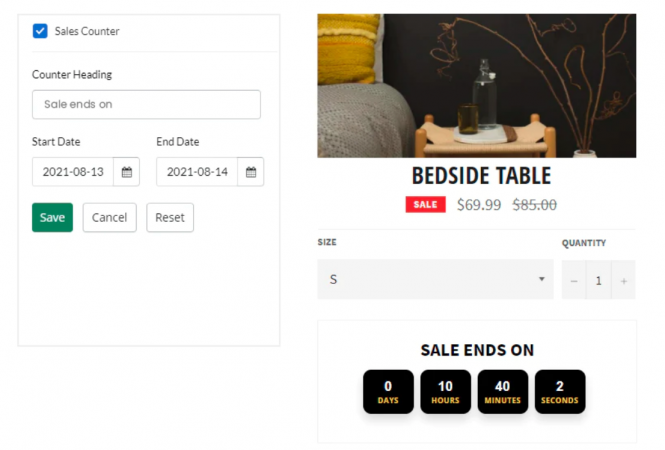
This application stands out by offering a few extra features that competitor apps don’t seem to have: a countdown timer until the product appears in stock, the ability to charge partial payments, and geolocation settings for offering pre-orders in selected countries. You can gauge its efficiency with a 3-day trial and a free plan, with the most expensive platinum package being $17.99 a month.
Pros and cons:
+ Has a notification pop-up that captures the customer’s email and automatically sends an alert once the product comes back in stock,
+ Every element can be customized with your texts and colors,
+ You can manage the settings on the products, variants, or collection levels,
– Some users report issues with the ‘Add to cart’ button.
Possible Pre-Order Marketing Strategy on Shopify
As with any other marketing instrument, you should prepare a pre-order strategy that corresponds with your product availability, shipping capacity, wholesale order dates, and the store’s technical capacities. Here are some thoughts on how to approach pre-orders and make them work in your favor rather than create confusion and trouble for your clients and customer support.
Find traffic sources and ways to retarget customers
Before the campaign is set in motion, you need to start generating interest among your target audience to assess demand and adequately prepare for the number of expected pre-orders. For paid promotions, you could try social media, community outreach, influencer collaborations, and content marketing. After the products are sold out again, do not miss the opportunity to analyze the data, ask for customer feedback, and send newsletters with updates or suggestions on other products currently in stock.
Work on the product presentation
Request a few samples from the manufacturer to be shipped to your office before the campaign starts. That way, you will be able to test the product yourself, take high-quality pictures, and ensure the description fits the functionalities and technical characteristics of the items you would later buy in bulk.
Add a CTA pre-order button to the relevant store pages
You can state that the products are only available for pre-order in the description field but the best practice here would be to make that extra clear with a dedicated button and notifications during checkout. Look into different applications that let you change the ‘Add to cart’ button or alter the code yourself using this guide.
Generate interest by adding a sense of urgency
You need to make pre-orders sound like a one-time deal to convince the customers that they shouldn’t simply wait until the product is available for regular purchases. That can be achieved by limiting the quantity so that none of the items make it until the in-stock date, offering discounts, or playing on the FOMO with ad campaigns and count-down timers.
Manage customer expectations and provide support
With all the efforts dedicated to getting more customers to pre-order, you should never lose sight of ensuring a great customer experience. Update your return and cancellation policies to include these types of orders as a separate clause. Think about assigning a manager to watch over the CX and marketing campaigns and make sure all the information on shipping times and availability is reasonable. Provide tracking details once the orders go out for more reassurance.
Keep up the hype
Go through with all the marketing campaigns conducted during the pre-order phase: follow up with the clients that didn’t purchase right away but left their email to get notified of product availability, highlight your other collections and items, and get feedback from happy customers who already had their orders fulfilled. In other words, make the most of the attracted traffic to maximize sales.
Conclusion
As a Shopify store owner, you are not always sure about the new products to introduce: how many items to order, which prices to set, whether they have selling potential at all, and so on. Pre-orders can then become an effective tool to assess customer demand and find out if there is potential for the chosen niche or concept to become profitable. This strategy can also be used to bring back old best-sellers in case of repetitive queries and build up the hype for innovative items that are still in production.
As for the technical aspect of enabling and managing pre-orders on Shopify, you can either tweak the product page templates yourself or use dedicated applications. Do not forget to regularly update stock, assess possible delays, and consider manufacturing risks to ensure the customer expectations are met in full. Be transparent about the conditions and policies that apply to pre-orders, and use marketing campaigns to attract more traffic and maximize this earning opportunity.

